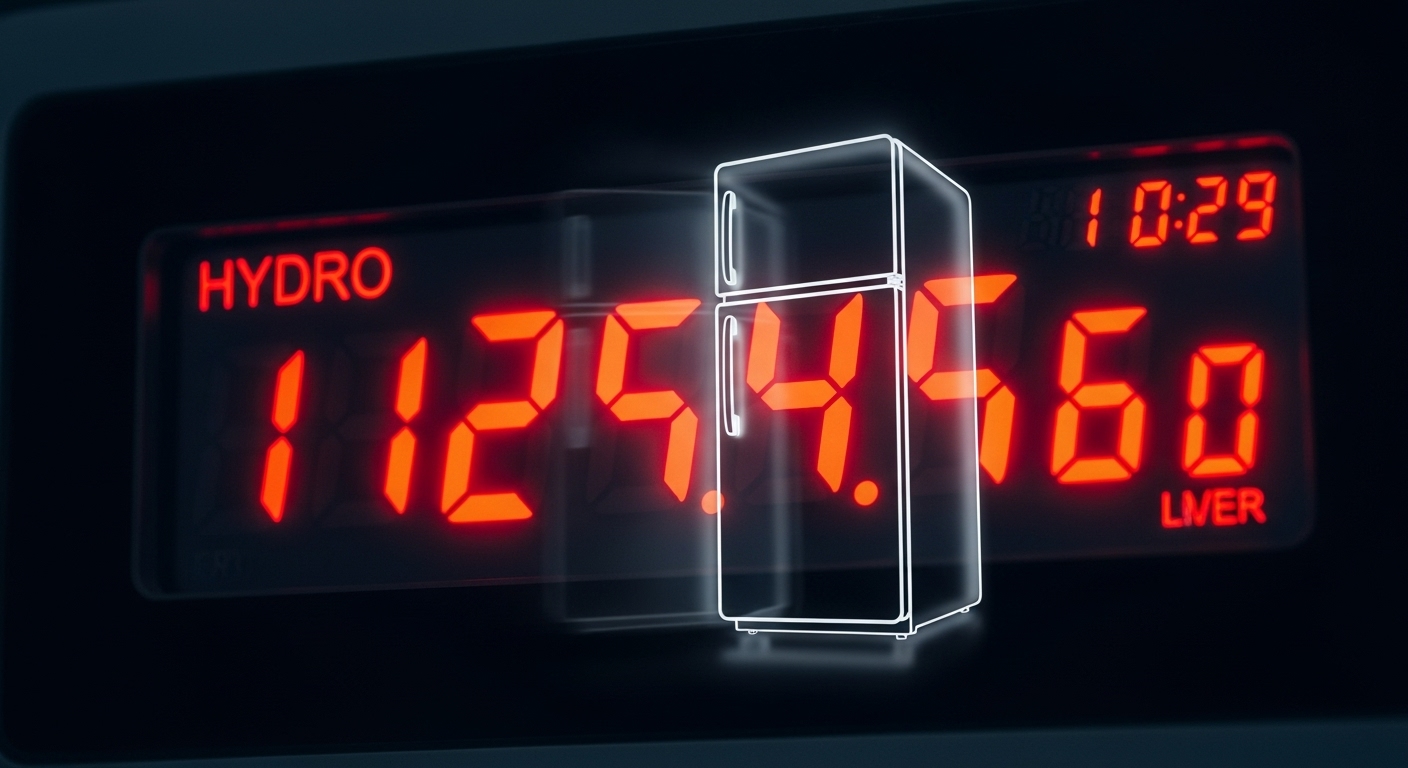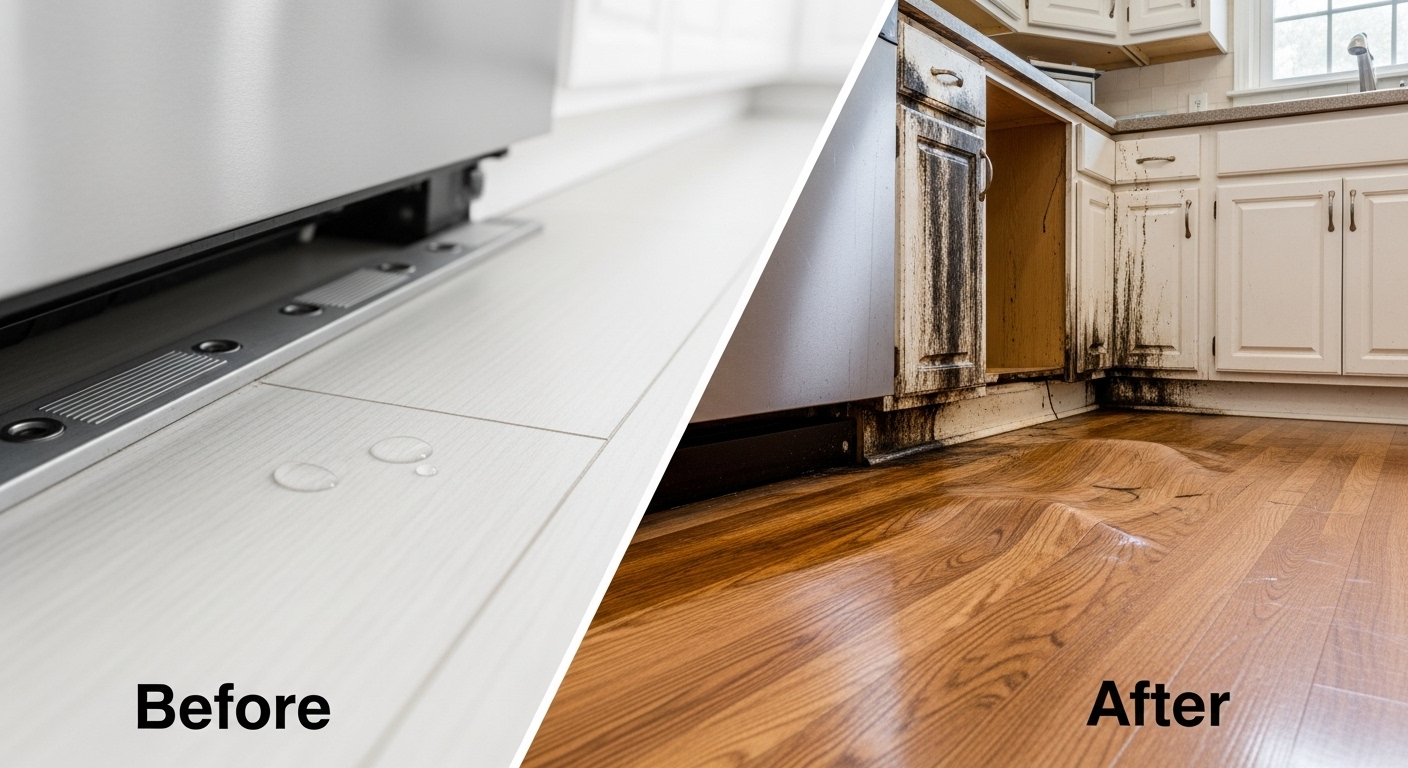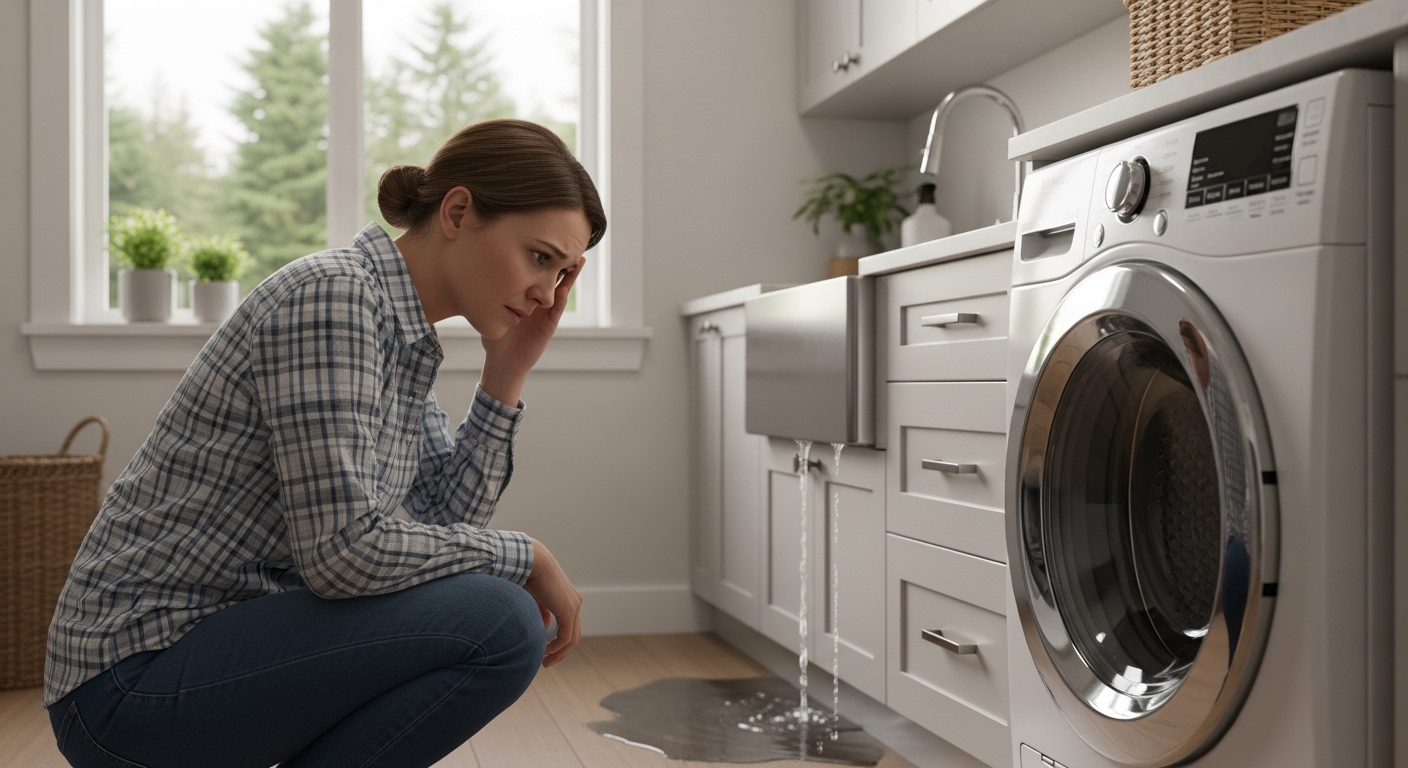
Think that dripping washing machine or noisy dryer can wait until next weekend to get fixed? You might want to reconsider – because what seems like a minor inconvenience today could turn into a major expense tomorrow, and Coquitlam homeowners are learning this lesson the hard way.
We’ve all been there. The dishwasher starts making that weird grinding noise, the fridge occasionally decides to take a vacation from cooling, or the dryer takes three cycles to actually dry your clothes. It’s so easy to just work around these little quirks, right? After all, they’re still technically “working,” and who has time to deal with repair appointments when life is already crazy busy? But here’s the thing that many Coquitlam homeowners discover too late – postponing those seemingly minor appliance repairs can end up costing you way more than just the original fix.
The reality is that appliances are a lot like our bodies – ignore a small problem long enough, and it tends to invite bigger, more expensive problems to the party. That innocent little leak becomes water damage, that struggling motor burns out completely, and suddenly you’re looking at replacement costs instead of simple repairs. From skyrocketing energy bills to emergency repair premiums, the true cost of waiting often makes that initial repair quote look like pocket change. Let’s dive into exactly what Coquitlam homeowners are really paying when they choose to wait, and why acting fast might be the smartest financial move you can make.
Key Outtakes:
- Minor appliance issues cost under $200 to fix early but escalate to $400-$1,300 when delayed, with water damage averaging $3,300 in repair costs alone
- Coquitlam’s hard water conditions increase repair frequency for dishwashers and washing machines by 20-30% compared to softer water areas, making early intervention even more critical
- Delaying repairs voids manufacturer warranties more frequently than actual product defects, leaving homeowners responsible for costs that should be covered
- Emergency appliance repairs typically cost 40-60% more than scheduled maintenance calls, with diagnostic fees alone ranging from $79-$95 plus GST in Coquitlam
- DIY repair attempts after procrastinating typically cost 3-5 times more than calling professionals initially, especially in Vancouver’s challenging coastal climate

The Energy Drain: How Broken Appliances Spike Your Utility Bills
Before we get into the dramatic stuff like floods and fires, let’s talk about the sneaky way delayed repairs hit your wallet every single month – through your energy bills. It’s like having a slow leak in your bank account that you don’t even notice until you’re wondering why your hydro bill looks like a small mortgage payment. When your appliances aren’t running at peak efficiency, they’re basically like that friend who insists on taking the scenic route everywhere – they’ll get you where you need to go, but they’re going to use way more gas doing it.

A refrigerator that’s struggling to maintain the right temperature doesn’t just give up and call it a day. Instead, it runs continuously, desperately trying to do its job while consuming significantly more electricity than it should. A malfunctioning refrigerator or washer may need to work harder to do its job, which means it’s using more energy and costing you more each month. We’re talking about appliances that can increase your energy consumption by up to 20% when they’re not functioning properly.
Take your dryer, for example. Maybe you’ve noticed it’s taking longer to dry clothes lately, so you just run it for an extra cycle or two. No big deal, right? Wrong. A dryer with a clogged vent or failing heating element isn’t just inconvenient – it’s an energy vampire. That extra running time doesn’t just add minutes to your laundry routine; it adds dollars to your monthly utility bill. The same goes for washing machines with faulty motors that have to work twice as hard to agitate your clothes, or dishwashers with worn-out pumps that can’t efficiently circulate water.
Here’s the kicker – these efficiency losses compound over time. That extra $20-$30 per month might not seem like much, but over the course of a year, you’re looking at hundreds of dollars in unnecessary energy costs. And that’s before we even factor in the accelerated wear and tear that this overwork causes to the appliance itself. It’s like running your car engine in the red zone all the time – sure, it still moves, but you’re shortening its lifespan with every mile.
The really frustrating part? Most of these efficiency-killing problems have relatively simple fixes when caught early. A professional cleaning of your dryer vent, replacing worn door seals on your refrigerator, or fixing a faulty thermostat can restore your appliance to peak performance and slash those inflated energy bills back to normal levels. But the longer you wait, the more those monthly overcharges add up, and the more likely you are to need more extensive and expensive repairs.
The Domino Effect: When Small Problems Become Big Expenses
Moving from the monthly energy drain to the really scary territory, let’s explore how that “minor” appliance issue you’ve been ignoring can snowball into a home renovation project. The thing about appliances is that they’re not isolated systems – they’re connected to your home’s plumbing, electrical, and structural elements in ways that can create a perfect storm when things go wrong.
Let’s say you’ve got a dishwasher that’s been leaking just a tiny bit after each cycle. It’s not even enough water to really notice unless you look for it, so you throw down a towel and figure you’ll deal with it eventually. But that “eventually” gives that water plenty of time to seep into your subflooring, work its way behind your cabinets, and create the perfect environment for mold growth. What started as a $150 door seal replacement can quickly escalate into thousands of dollars in water damage restoration.

The numbers are staggering when you look at the real impact. Water damage from incorrect appliance connections averages $3,300 in repair costs but can reach catastrophic levels exceeding $700,000 in severe cases. We’re talking about replacing flooring, treating mold, potentially rewiring electrical components that got wet, and even rebuilding sections of your kitchen. I’ve seen cases where homeowners ended up spending more on water damage repairs than they would have spent on three brand-new dishwashers.
The domino effect isn’t limited to water damage, either. Consider what happens when you ignore that grinding noise your dryer’s been making. Maybe it’s just a worn belt or a failing bearing – both relatively inexpensive fixes. But keep running that dryer while it’s struggling, and that failing component can damage other parts of the system. The motor starts working overtime, other belts stretch and snap, and even the drum itself can become misaligned. What could have been a $100 repair becomes a $400 overhaul, or worse, a total replacement.
Then there’s the refrigerator scenario that keeps me up at night. You know that slight humming noise that’s gotten a bit louder lately? That could be your compressor struggling due to dirty coils or a failing fan motor. Ignore it long enough, and the compressor burns out completely. Not only are you looking at a repair bill that’s often 60-70% of the cost of a new refrigerator, but you’ve also got hundreds of dollars worth of spoiled food to replace. Plus, if this happens during a holiday or special event, you’re scrambling for emergency solutions that cost even more.
The really insidious part of the domino effect is how it can impact your home’s resale value. Delayed repairs that cause visible damage or safety concerns can significantly reduce what buyers are willing to pay for your home. In Coquitlam’s competitive housing market, properties with well-maintained appliances and no history of water damage or electrical issues command premium prices, while homes with evidence of deferred maintenance can sit on the market longer and sell for less.
Emergency Repair Premium: Why Urgent Calls Cost More

Here’s where the “I’ll deal with it
